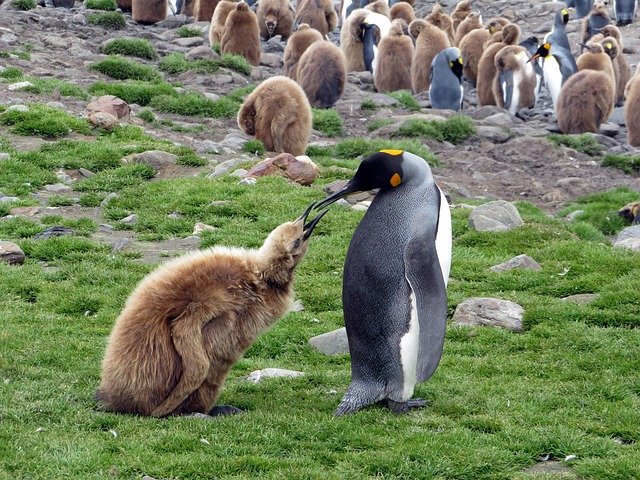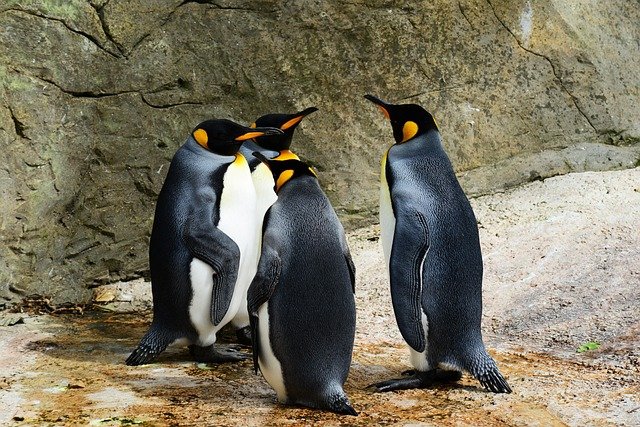**Title: "The Social Lives of Penguins: A Deep Dive into Their Unique Communication and Community Beh

The Social Lives of Penguins: A Deep Dive into Their Unique Communication and Community Behavior
Penguins are often celebrated for their charming waddles and adorable appearances, but beneath their playful exteriors lies a complex social structure that is both fascinating and essential for their survival. In this post, we will explore the unique communication methods and community behaviors of these remarkable birds.
Communication: The Language of Penguins
Vocalizations
Penguins are known for their diverse range of vocalizations, which play a crucial role in their social interactions. Each species has its own distinct calls, but there are some common types of vocalizations that can be observed across different species:
- Contact Calls: Used to maintain contact with mates and chicks, these calls can vary in pitch and intensity.
- Aggressive Calls: When threatened or competing for territory, penguins will produce loud, harsh calls to assert dominance.
- Courtship Calls: During mating season, males often engage in elaborate vocal displays to attract females.
Body Language
In addition to vocalizations, penguins also communicate through body language. Their postures, movements, and even physical displays can convey a wealth of information:
- Head Bows: A common display during courtship, where males bow their heads to show interest.
- Flipper Gestures: Penguins may flap their flippers or raise them to signal excitement or aggression.
- Chick Feeding: Adult penguins will often perform specific movements to encourage their chicks to beg for food.
Community Behavior: The Social Structure of Penguins
Colony Formation
Penguins are highly social animals that typically live in large colonies, which can number in the thousands. These colonies provide several benefits:
- Protection: Living in large groups helps protect against predators, as the sheer number of individuals can deter attacks.
- Thermoregulation: In harsh climates, penguins huddle together to conserve warmth, rotating positions to ensure that all members benefit from the collective heat.
Parenting and Cooperation
Penguin parenting is a cooperative effort, often involving both parents in the care of their young. This collaboration extends beyond just feeding and protecting chicks:
- Chick Rearing: In many species, parents take turns incubating eggs and feeding their chicks, allowing for a more balanced distribution of energy and resources.
- Alloparenting: In some colonies, adult penguins may help care for chicks that are not their own, fostering a sense of community and increasing the survival rate of the young.
Social Hierarchies
Within penguin colonies, social hierarchies often emerge. Dominance displays, such as vocalizations and physical confrontations, help establish pecking orders. These hierarchies can influence mating opportunities, access to resources, and overall social interactions.
Conclusion
The social lives of penguins are a testament to the complexity and richness of animal behavior. Their unique communication methods and community structures not only enhance their survival but also provide a glimpse into the intricate web of life in the animal kingdom. As we continue to study these remarkable birds, we gain a deeper appreciation for their social dynamics and the vital roles they play in their ecosystems.
Whether you're a seasoned researcher or simply a penguin enthusiast, understanding the social behaviors of these fascinating creatures opens up a world of wonder. So the next time you see a penguin, remember that there's so much more than meets the eye!

Upvoted! Thank you for supporting witness @jswit.